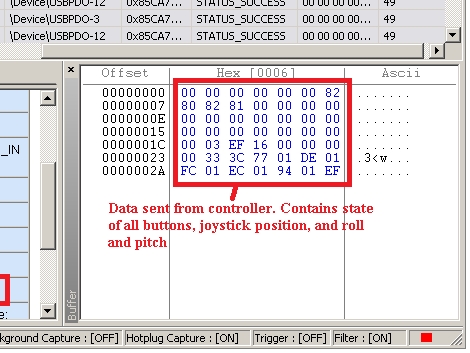This water sculpture can stop drops of water in mid-air. This is accomplished by flashing LEDs to illuminate the droplets at just the right time. But it’s not limited to blinky lights alone. The top of the frame has eight nozzles, each fed by its own pump. An Arduino controls the pumps and the lights making it possible to create different motion effects by adjusting how events line up. For instance, the image above shows just two of the water nozzles on, but in the video after the break it appears one is dripping downward while the other is dripping upward.
Alas, there’s few build details for this but the source code is available for downloading. If we were going to build one of these ourselves we’d probably try to regulate the drips using some solenoids built from scratch. How would you do it? Leave your ideas in the comments.
Continue reading “Water Droplet Sculpture Using LEDs And Arduino”

















